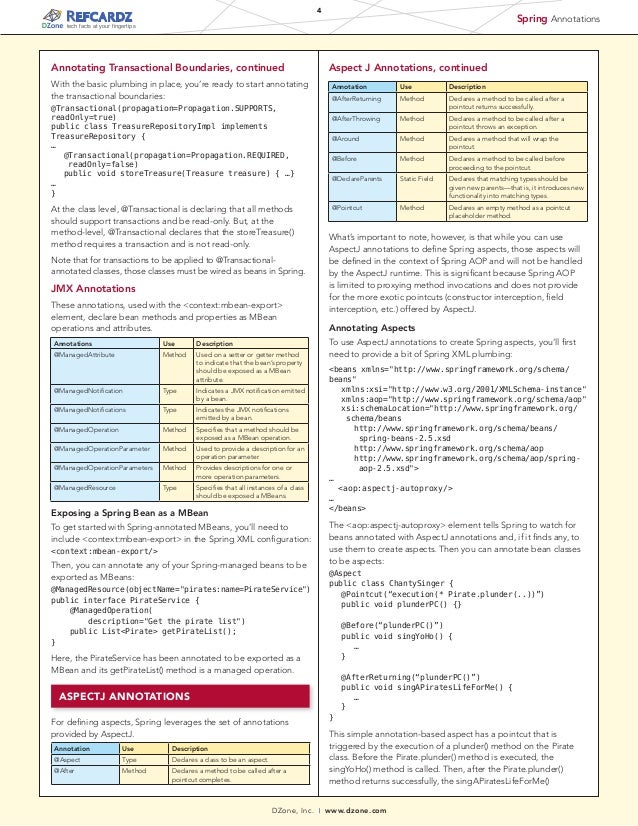

Hence, the exception will be thrown at the start of the spring boot application. If you autowire RestTemplate using annotations without bean definition configuration of the RestTemplate bean, spring boot application could not found the RestTemplate Bean. defining a bean of type '.RestTemplate' in your configuration. The injection point has the following annotations: 07:15:11.780 ERROR 44038 - o.s.b.d.LoggingFailureAnalysisReporter :įield restTemplate in required a bean of type '.RestTemplate' that could not be found. To display the conditions report re-run your application with 'debug' enabled. 07:15:11.715 INFO 44038 - ConditionEvaluationReportLoggingListener :Įrror starting ApplicationContext. Dependency annotations: 07:15:11.705 INFO 44038 - o. : Stopping service The stack trace of the exception will be shown as like below 07:15:11.703 WARN 44038 - ConfigServletWebServerApplicationContext : Exception encountered during context initialization - cancelling refresh attempt: .UnsatisfiedDependencyException: Error creating bean with name 'testController': Unsatisfied dependency expressed through field 'restTemplate' nested exception is .NoSuchBeanDefinitionException: No qualifying bean of type '.RestTemplate' available: expected at least 1 bean which qualifies as autowire candidate. The exception below will occur at the start of the spring boot application. Create a configuration to create a RestTemplate bean, then autowire RestTemplate using annotations. RestTemplate Bean can be created in a variety of ways. The RestTemplate bean must be loaded before the autowire RestTemplate using annotations. The error required a bean of type ‘.RestTemplate’ that could not be located. Spring boot cannot locate the RestTemplate because it is not in the loaded bean. The RestTemplate cannot be auto-wired unless the bean creation configuration is specified. spring boot occurs when the RestTemplate is auto-wired without bean creation. Options can be repeated.The required a bean of type ‘.RestTemplate’ that could not be located. The plugin option format is: -P plugin::=. StubsAndApt – generate stubs and run annotation processing.ĬorrectErrorTypes: See below. Stubs – only generate stubs needed for annotation processing. If specified, kapt does not try to find annotation processors in apclasspath. Processors: A comma-specified list of annotation processor qualified class names. See AP/javac options encoding for more information. JavacArguments: A base64-encoded list of the options passed to javac. Pass as many apclasspath options as many JARs you have.Īpoptions: A base64-encoded list of the annotation processor options. IncrementalData: An output path for the binary stubs.Īpclasspath ( repeatable): A path to the annotation processor JAR. In other words, some temporary directory. Stubs ( required): An output path for the stub files.

Sources ( required): An output path for the generated files.Ĭlasses ( required): An output path for the generated class files and resources. Xplugin=$KOTLIN_HOME/lib/kotlin-annotation-processing.jar Turn off the discovery of annotation processors in the compile classpath by adding this line to your gradle.properties file: However, compile avoidance can't be used for annotation processors discovered in the compile classpath since any changes in them require running the annotation processing tasks.Īdd the annotation processor dependencies to the kapt* configurations manually as described above. For example, the only changes are in method bodies. The changes in dependencies are ABI compatible.

The project's source files are unchanged. Particularly, annotation processing is skipped when: With compile avoidance enabled, Gradle can skip annotation processing when rebuilding a project. To improve the times of incremental builds with kapt, it can use the Gradle compile avoidance.

MappingProcessor: total sources: 2, sources per round: 2, 0, 0 MappingProcessor: total: 290 ms, init: 1 ms, 3 round(s): 289 ms, 0 ms, 0 ms


 0 kommentar(er)
0 kommentar(er)
